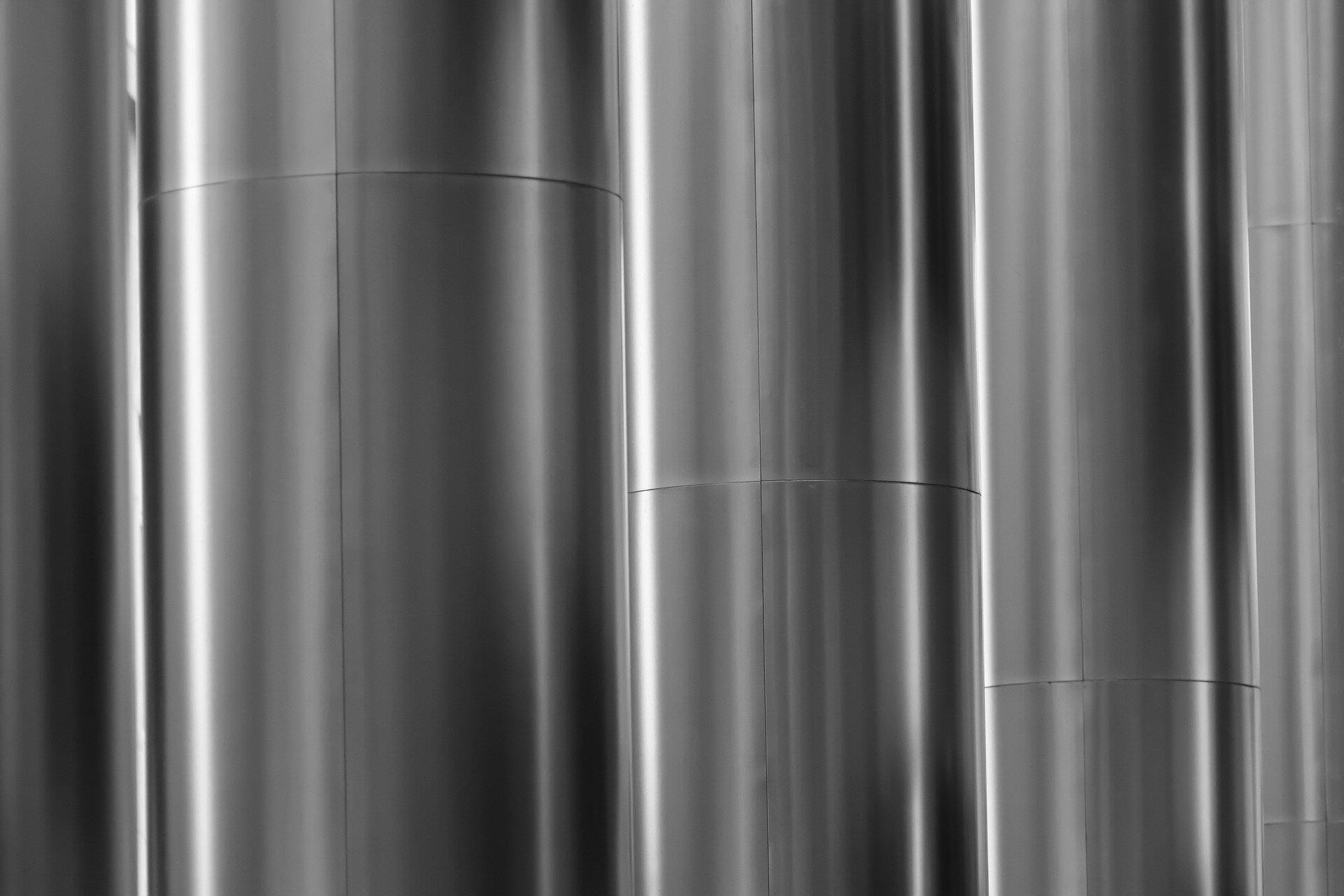

Monash University, a public research university based in Melbourne, Australia has come up with a world-first study by its engineers, as they have demonstrated improvements in the fatigue life of high strength aluminium alloys by 25 times, which is a significant outcome for the transport manufacturing industry.
As per the demonstration, researchers claim that the poor fatigue performance of high strength aluminium alloys was because of weak links called ‘precipitate free zones’ (PFZs).
{alcircleadd}
Professor Christopher Hutchinson has led the team, who is a Professor of Materials Science and Engineering at Monash University in Australia, was able to make aluminium alloy microstructures that can heal the weak links while in operation (i.e. a form of self-healing).
The enhancement in the lifetime of high strength aluminium alloys could be 25 times compared to current state-of-the-art alloys.
The second most popular engineering alloy in use today is aluminium alloys, as compared to steel, they are light (1/3 of the density), non-magnetic and have excellent corrosion resistance.
Aluminium alloys are important for transport applications because they are light, which improves fuel efficiency, however, their fatigue properties are notoriously poor compared to steel of similar strength.

Professor Hutchinson said: “When using aluminium alloys for transport, the design must compensate for the fatigue limitations of aluminium alloys. This means more material is used than manufacturers would like and the structures are heavier than we would like.”
“Eighty per cent of all engineering alloy failures are due to fatigue. Fatigue is failure due to alternating stress and is a big deal in the manufacturing and engineering industry,” Professor Hutchinson said.
“Think of taking a metal paperclip in your hands and trying to break the metal. One cannot. However, if you bend it one way, then the other, and back and forth several times, the metal will break.
“This is ‘failure by fatigue’ and it’s an important consideration for all materials used in transport applications, such as trains, cars, trucks and planes.”
The failure by fatigue comes in stages. The alternative stress leads to micro-plasticity (undergoing permanent change due to stress) and the accumulation of damage in the form of localisation of plasticity at the weak links in the material.
The plastic localisation catalyses a fatigue crack. This crack grows and leads to final fracture.
By using commercially available AA2024, AA6061 and AA7050 aluminium alloys, researchers used the mechanical energy imparted into the materials during the early cycles of fatigue to heal the weak points in the microstructure (the PFZs).
This strongly delayed the localisation of plasticity and the initiation of fatigue cracks and saw enhanced fatigue lives and strengths.

Professor Hutchinson said: “These findings could be significant for the transport manufacturing industry as the demand for fuel-efficient, lightweight and durable aircraft, cars, trucks and trains continue to grow.”
“Our research has demonstrated a conceptual change in the microstructural design of aluminium alloys for dynamic loading applications,” he said.
“Instead of designing a strong microstructure and hoping it remains stable for as long as possible during fatigue loading, we recognised that the microstructure will be changed by the dynamic loading and, hence, designed a starting microstructure (that may have lower static strength) that will change in such a way that its fatigue performance is significantly improved.”
“In this respect, the structure is trained and the training schedule is used to heal the PFZs that would otherwise represent the weak points. The approach is general and could be applied to other precipitate hardened alloys containing PFZs for which fatigue performance is an important consideration.”
Professor Christopher Hutchinson led the research titled ‘Training high-strength aluminium alloys to withstand fatigue’. Research co-authors are Qi Zhang, Dr Yuman Zhu, Dr Xiang Gao and Dr Yuxiang Wu (Department of Materials Sciences and Engineering, Monash University). This work was funded by the Australian Research Council.
Responses








